Are you building or upgrading a home gym and want to include high-quality cardio without stepping outside? A home cardio machine is one of the most versatile and effective investments you can make. From burning calories and improving stamina to supporting low impact movement and reducing joint stress, the right machine keeps you consistent and motivated, even when weather or schedules derail outdoor plans.
In this article, we’ll walk through how to choose the perfect home cardio machine, and then dive into the top 10 models and types you should consider. We’ll compare features like noise, footprint, resistance, and durability. Plus, we’ll offer a decision-making table, care tips, and real user perspectives. Whether you live in a flat, have limited space, or share walls with neighbours, you’ll find the insight you need to pick a cardio machine that fits your life.
Let’s get started.
What Makes a Great Home Cardio Machine?
Before jumping into models, it’s essential to understand the criteria that distinguish a great cardio machine from a regret purchase. Here are the core factors to prioritise:
Space & Footprint
Many cardio machines are bulky. In a flat or small room, the machine’s length, width, and folded height matter just as much as performance. Machines that fold upright or have small footprints (e.g. less than 120 cm depth) make life easier. Also ensure there’s clearance around the unit for safe use.
Noise & Smooth Operation
No one wants to disturb neighbours or wake the family. Machines with magnetic resistance, belt drives, or quiet motors tend to be far quieter than fan-based or chain systems. A target under 55 dB during medium load is a good benchmark for flats or shared homes.
Resistance System & Adjustability
You want a machine that grows with you. Models with 12 to 20 or more resistance levels, smooth transitions, and digital control are ideal. Avoid machines that feel jerky or lack progression.
Durability & Weight Capacity
Solid build matters. Look for frames rated for at least 100 kg, strong welds, quality bearings, and good warranty or part support in your region. A flimsy frame is a false economy.
Features & Connectivity
Modern cardio machines often include features like built‑in workouts, Bluetooth or app sync, heart rate monitoring, and program modes (interval, endurance, fat burn). While not essential, these features can make your experience more engaging and seamless.
Unique insight: Don’t just check specs. Check spare part availability and local servicing. Many high-end machines fail simply because parts aren’t available locally. Before buying, confirm warranty support and part stock in the UK.
Top 10 Home Cardio Machines (Pros, Cons, and Use Cases)
Here are the 10 most practical and popular types of cardio machines for home use today. The “model” examples are illustrative — use them as reference points rather than absolute recommendations.
| # | Machine Type | Ideal Use | Pros | Cons / Watchouts |
|---|---|---|---|---|
| 1 | Folding Treadmill | Walk, jog, HIIT | Familiar motion, versatile | Needs length, quieter motor required |
| 2 | Magnetic Rower | Full-body, low impact | Very quiet, gentle on joints | Requires full length, may not fold |
| 3 | Air Rower | Interval and power work | Dynamic resistance, high output | Louder, fan noise, more maintenance |
| 4 | Upright Exercise Bike | Simple cardio | Small footprint, very quiet | Limited upper-body engagement |
| 5 | Spin (Indoor Cycle) | Cycling workouts, HIIT | Realistic road feel, intense sessions | Noisy flywheel or chain in cheaper models |
| 6 | Air Bike (Fan Bike) | Full-body HIIT | Arms plus legs, scalable resistance | Loud at high effort |
| 7 | Cross Trainer / Elliptical | Balanced cardio | Joint-friendly, full-body | Large footprint, may lack steep incline |
| 8 | Compact Elliptical | Flats, tight spaces | Smaller size, quieter drive | May sacrifice stride, stability |
| 9 | Recumbent Bike | Seated support cardio | Comfort, low back support | Doesn’t engage upper body |
| 10 | Mini Stepper | Ultra-compact cardio | Minimal footprint, easy storage | Limited range, lower intensity ceiling |
How to Choose the Right Cardio Machine for Your Goals
Weight Loss & Calorie Burn
Go for machines that allow high intensity such as air bikes, rowers, or treadmills. These offer maximum output and calorie burn.
Low Impact & Rehab
Magnetic rowers, ellipticals, and recumbent bikes are ideal. They deliver cardio benefits without aggravating knees, hips, or ankles.
Strength & Endurance Mix
Rowers, especially magnetic ones, double as strength machines. Engage legs, core, and back in one fluid motion. Combine with treadmills or bikes across the week for well-rounded fitness.
Variety & Avoiding Plateaus
If you choose only one machine, ensure it has enough programme variability including incline, resistance, and intervals. Alternatively, rotate between two or more machines for better results.
Maintenance & Care Tips That Many Overlook
To prolong lifespan and ensure consistent performance:
- Weekly: Wipe down with a microfibre cloth (especially the handles, screen, and belt).
- Monthly: Lubricate belt or slide rails based on manufacturer guidance.
- Quarterly: Inspect bolts, belt alignment, and bearing tightness.
- Annually: Deep-clean frame and console. Check motor and parts for wear.
- General tip: Vacuum under and around machines to prevent dust buildup.
- When folding: Use the assisted folding system gently. Avoid dropping the deck.
Proper care can extend your machine’s lifespan by years and reduce repair costs.
Real Home Gym Users: Case Studies
Apartment Dweller
Sarah uses a foldable treadmill and stores it behind her sofa. Her magnetic rower stands upright when not in use. Both are quiet enough for her small London flat.
Shared House
Sam shares his house with three others. He uses a magnetic rower and compact elliptical early in the morning with no noise complaints.
Family Home
The Patel family has a mini-gym in their spare room. The teens use the spin bike, mum uses the elliptical, and dad prefers the recumbent bike. Everyone trains on their own schedule.
Quick Comparison Table
| Goal or Limitation | Ideal Machine Type | Why It Works |
|---|---|---|
| Small flat | Compact elliptical or magnetic rower | Quiet and space-saving |
| High-intensity workouts | Air bike or air rower | Scalable resistance and intensity |
| Rehab or joint pain | Recumbent bike or elliptical | Low-impact support |
| Maximum variety | Treadmill and rower combo | Engages different muscles |
| Early-morning use | Magnetic resistance machines | Silent drive system |
Key Takeaways
- A home cardio machine offers convenience, consistency, and space-saving fitness.
- Focus on noise, footprint, resistance, and reliability when comparing models.
- Match your machine to your goals: weight loss, rehab, endurance, or HIIT.
- Proper care keeps your equipment performing at its best for longer.
- Use comparison tables and user stories to narrow down the best machine for your lifestyle.
Conclusion
The best home cardio machine for you depends on your lifestyle, fitness level, and available space. From quiet magnetic rowers to high-intensity air bikes, today’s market offers something for every user — whether you’re an early riser in a shared flat or a family member building a full home gym.
Now is the perfect time to upgrade your space. Choose a machine that fits both your body and your schedule, and you’ll be far more likely to stay consistent and get results.
Ready to take the next step? Explore our full range of home cardio machines and let our team help you find the perfect fit for your setup and goals.
Frequently Asked Questions
1. Are home cardio machines as effective as gym equipment?
Yes. Many home cardio machines today offer commercial-grade features with quieter motors and better space optimisation. You’ll save time and stay consistent.
2. Which cardio machine is best for bad knees or joints?
Magnetic rowers, recumbent bikes, and ellipticals offer the most joint-friendly motion. They reduce pressure while still boosting heart rate.
3. What makes a machine “quiet”?
Magnetic resistance systems, belt drives, and low-decibel motors (under 55 dB) are quieter. Avoid fan-based or chain-driven machines if noise is a concern.
4. Can I rotate between machines during the week?
Yes. In fact, it’s recommended. Rotating between a treadmill, rower, and bike prevents overuse injuries and keeps workouts fresh.
5. How much space do I really need for a cardio machine?
Most folding treadmills and ellipticals need at least 150 x 70 cm during use. Always measure your space and compare machine specs before purchasing.
Enjoyed This Guide?
We’d love to hear from you.
Which home cardio machine are you considering - and why?
Drop your thoughts below and help others make informed choices. If this helped you, please share it with someone building their home gym!

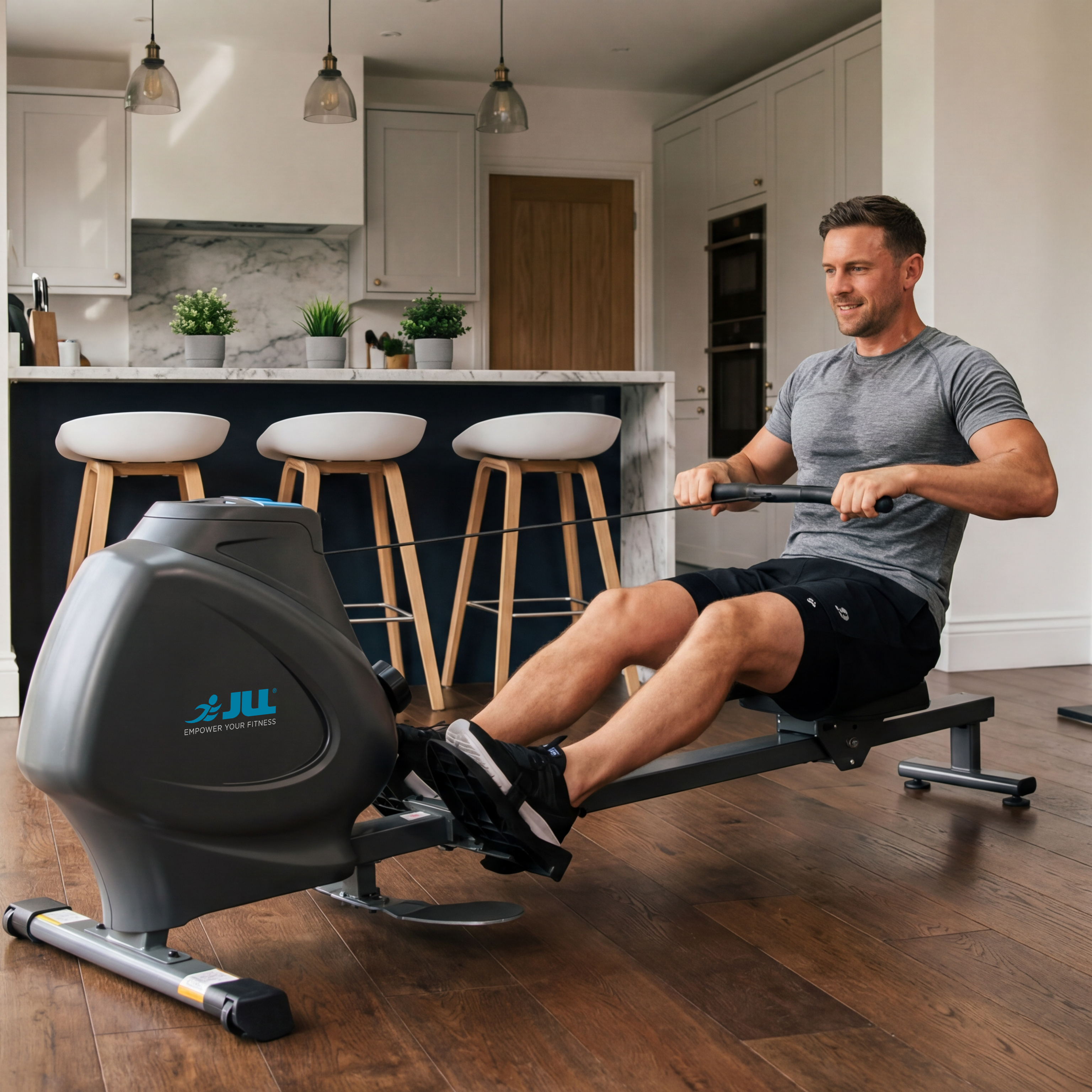
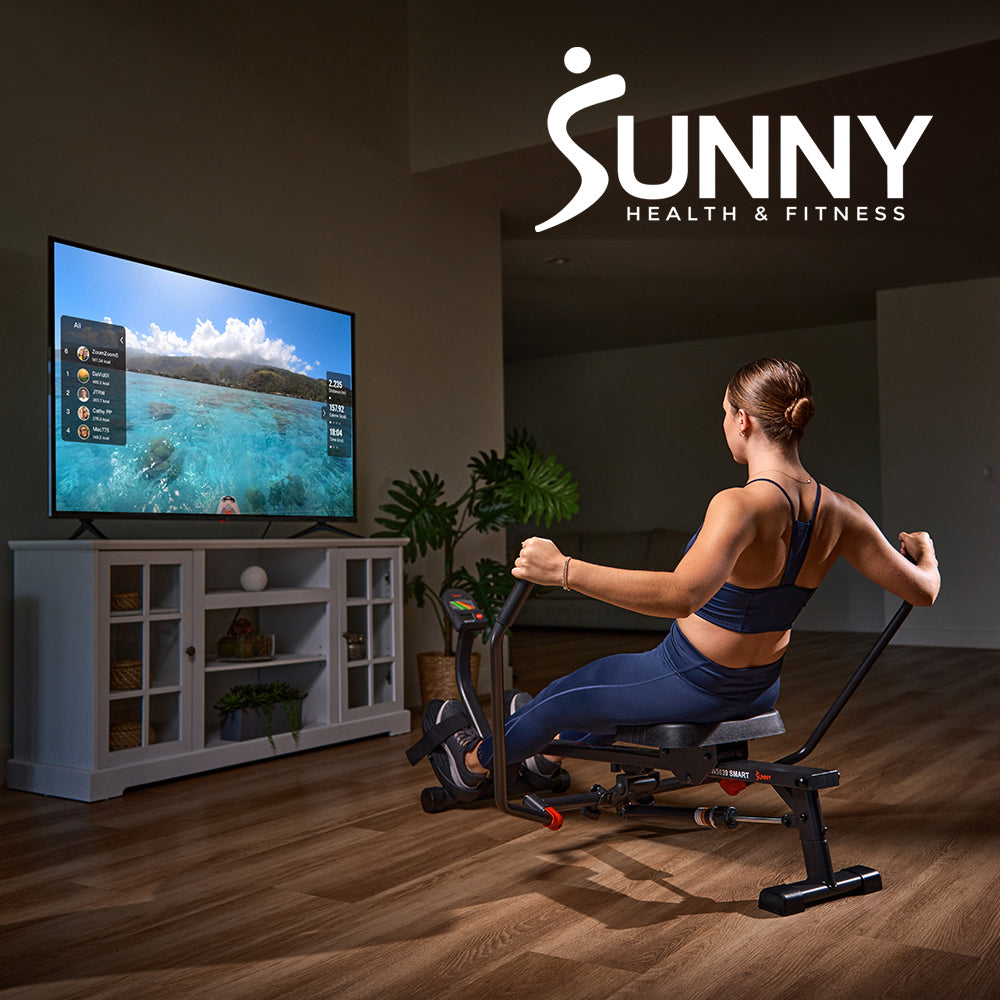
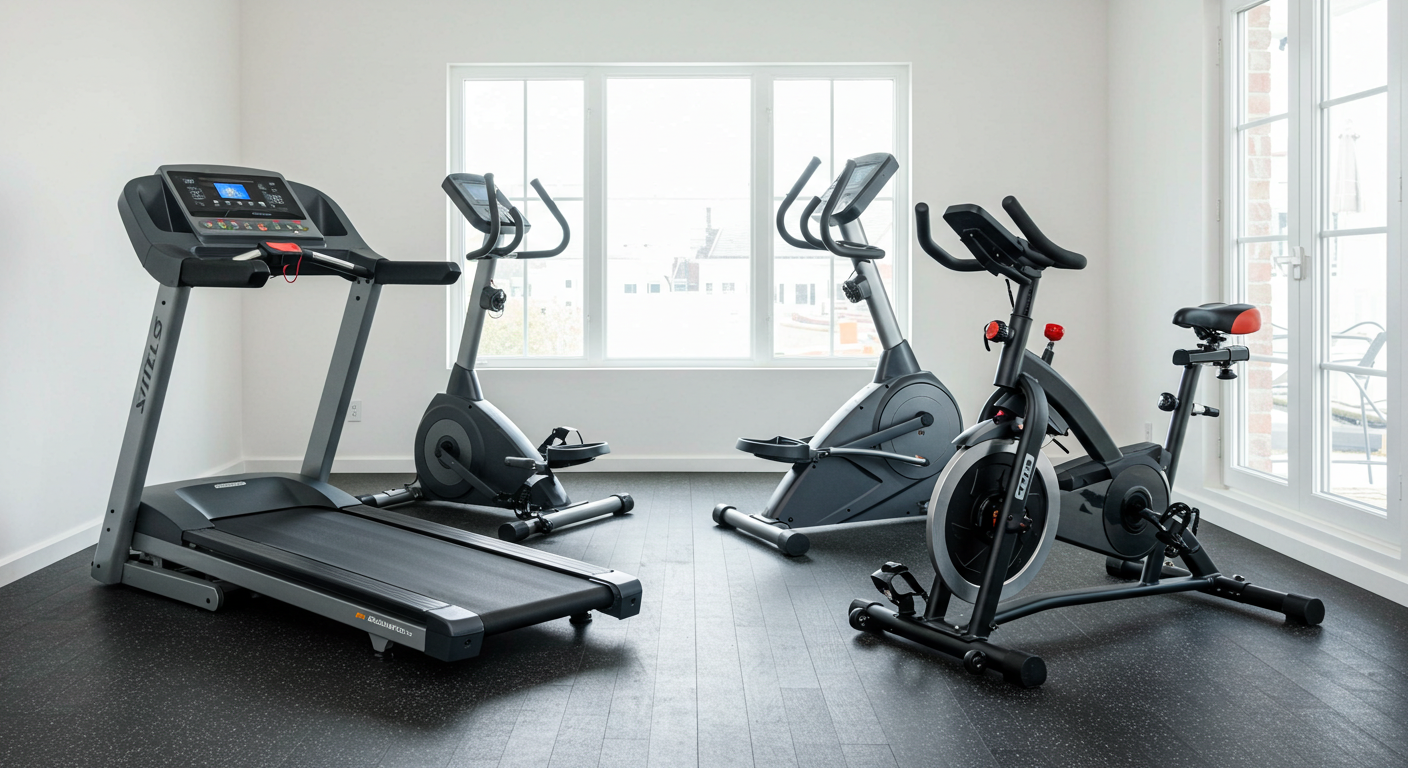

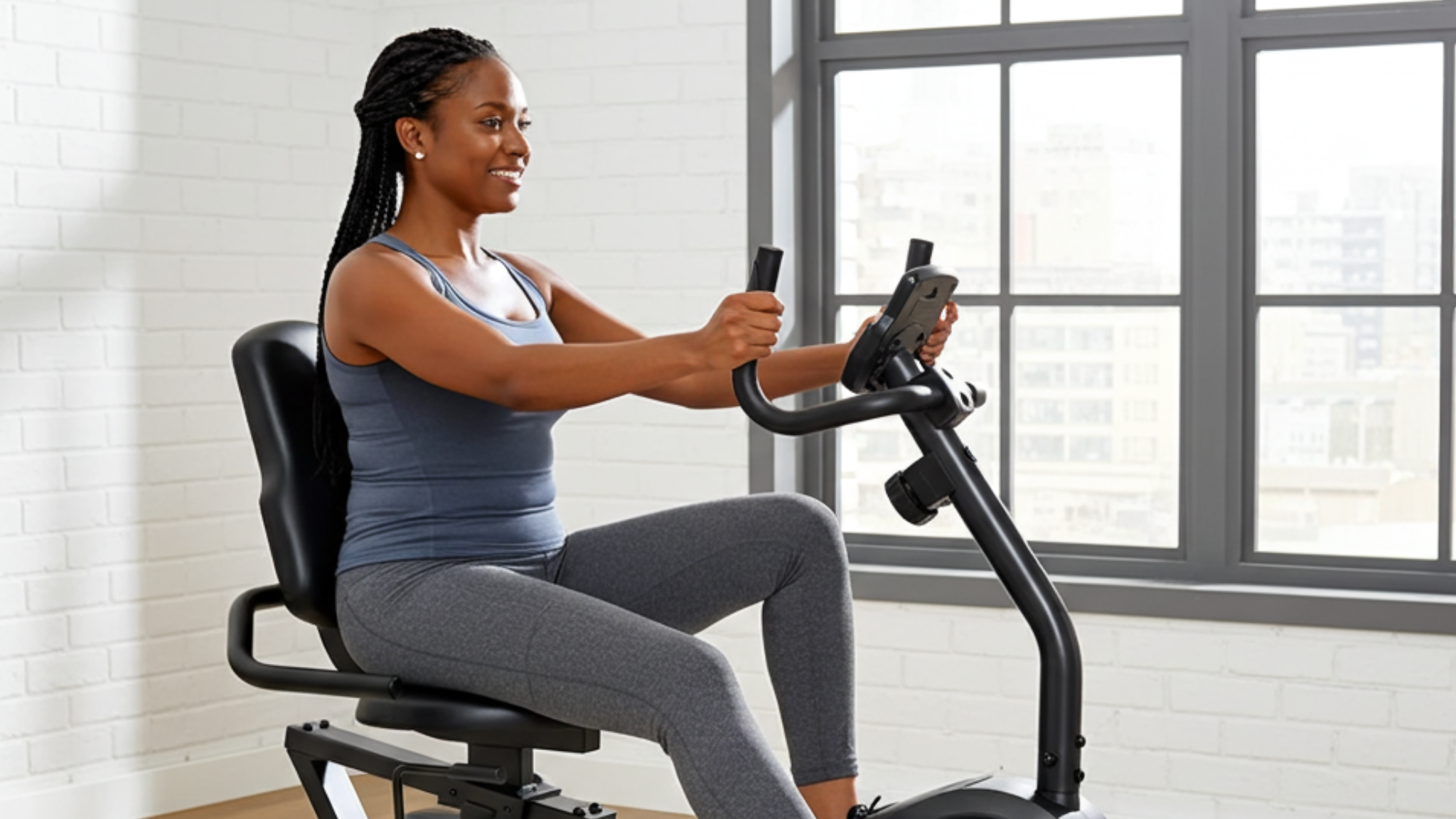
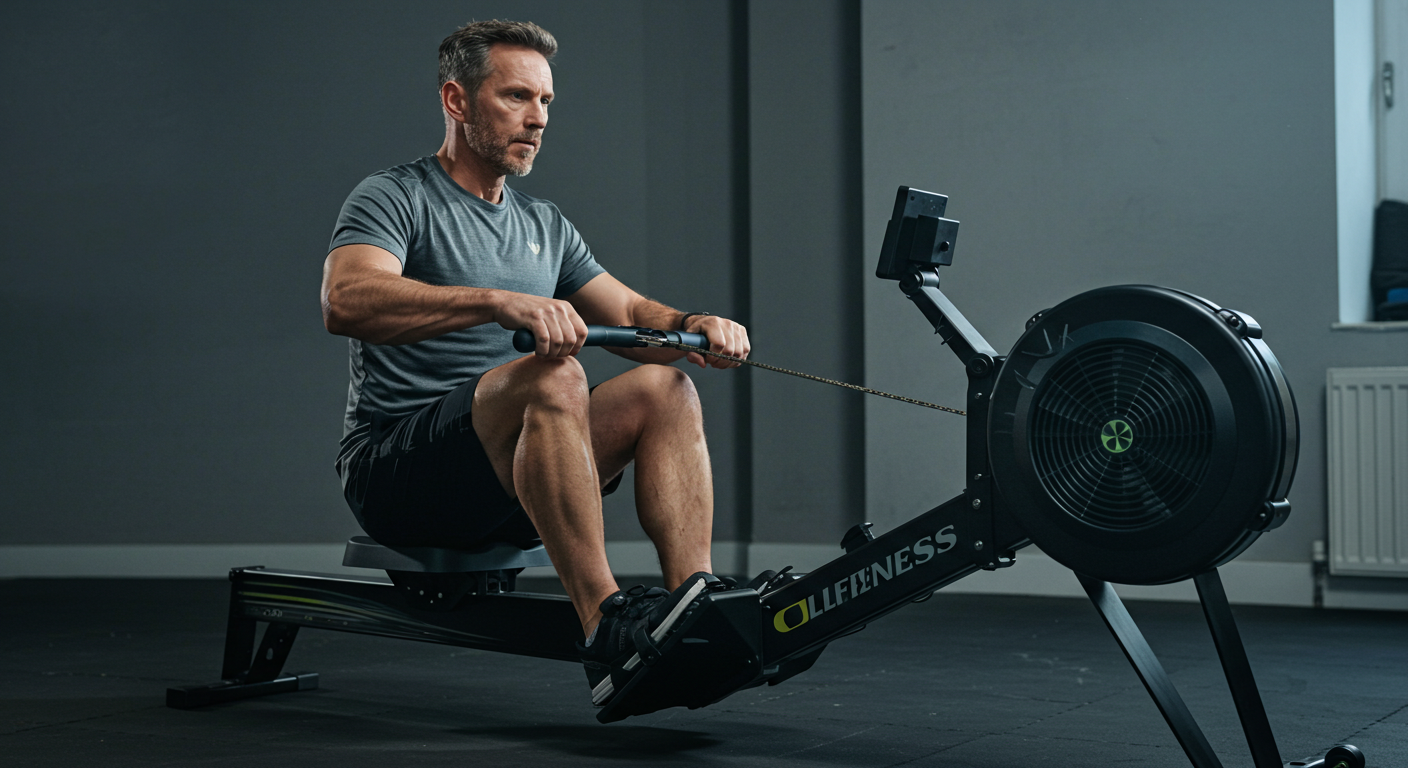



Leave a comment
All comments are moderated before being published.
This site is protected by hCaptcha and the hCaptcha Privacy Policy and Terms of Service apply.